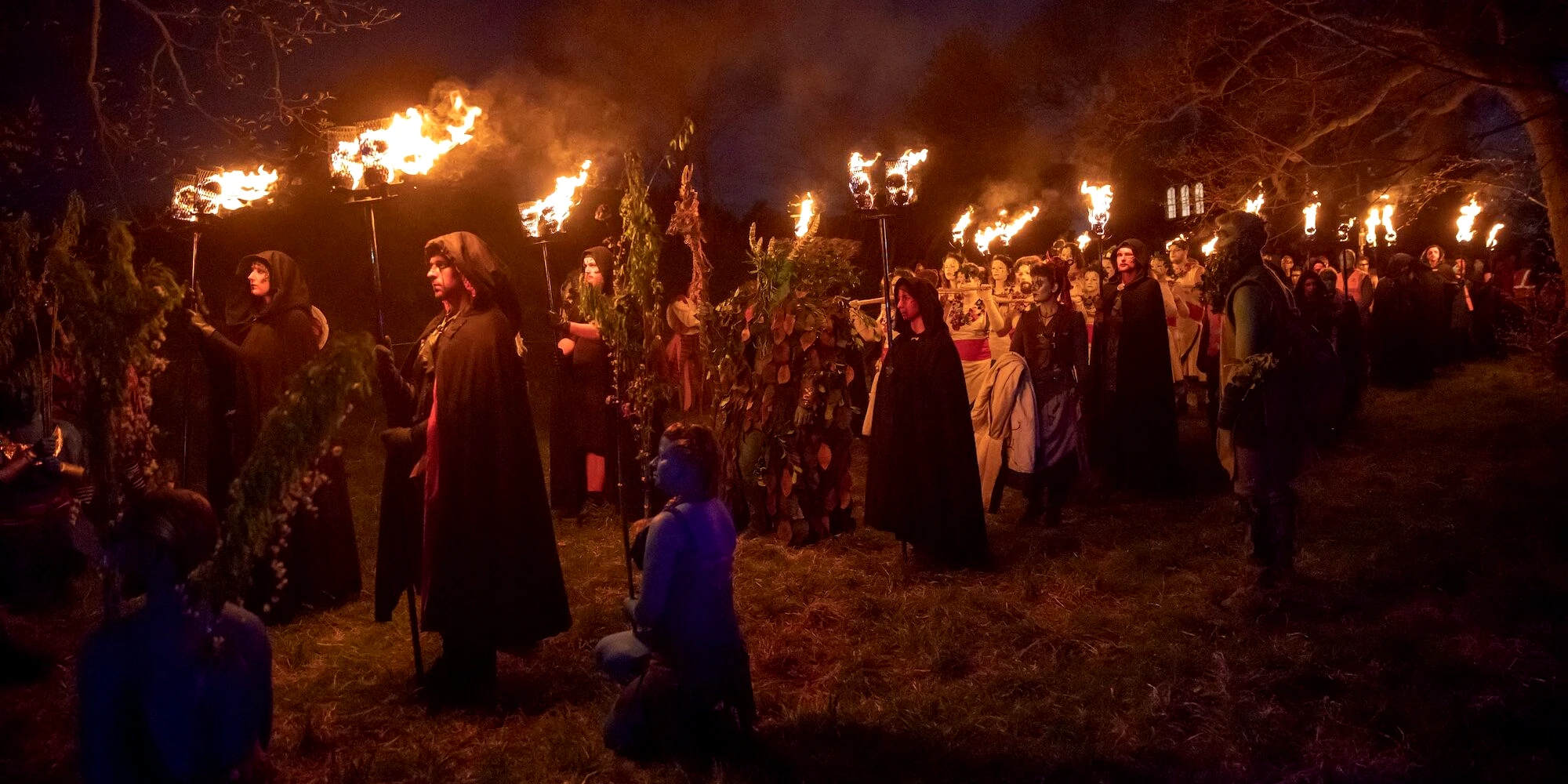In the Celtic annual cycle, known as the Wheel of the Year, several major seasonal festivals are celebrated. Among the most notable are Samhain and Beltane. Samhain, the modern Halloween celebrated on All Saints' Eve, is a harvest festival marking the beginning of winter and the dark half of the year, observed from October 31 to November 1. In contrast, Beltane celebrates the beginning of summer and the end of the long winter season, observed from April 30 to May 1. This analysis delves into the historical context and traditional practices associated with this festival.
Etymology and Meaning
The festival of Beltane is deeply rooted in the traditions of the ancient Celts who inhabited the territory of modern Ireland and Scotland. Its name likely derives from the Celtic deity Belen (or Belenus), associated with the sun, fertility, healing, and hot springs, and roughly equivalent to Apollo in ancient Greek mythology.
Fires of Beltane
The term "beltene" translates from Old Irish as "bright fire". The pronunciation varies, with "Beltane" being the most widely accepted, although "Beltain", "Beltaine", and "Bealtaine" are also used. Notably, in Scottish and Irish, May is also called Beltane. Beltane symbolized the end of the dark half of the year and the coming of summer. It had deep significance for the Celts and was accompanied by a series of rituals conducted by Celtic priests known as druids. From this day, the cattle were driven to the summer pastures. According to Irish mythology, the people of the goddess Danu, a mythical Celtic tribe, arrived in Ireland on this day. The Celts believed that on Beltane night, supernatural beings were particularly active, requiring rituals to appease and protect against these forces.
Influence of Christianity
With the advent of Christianity, the festival of Beltane underwent significant transformations. It was overshadowed by the proximity of the Easter celebration, usually observed in the second half of April or early May. Moreover, Beltane became associated with Walpurgis Night, the feast day of Saint Walpurga, also celebrated on May 1. In the cultures of Western Europe, Walpurgis Night is considered a time of increased supernatural activity, reflected in literary works such as Goethe's "Faust" and the folklore of the eastern Slavs.
Traditions and Rituals
As a festival associated with the sun deity, light, and warmth, fire is its central element. The fires of Beltane symbolically burned winter and gave birth to summer, providing warmth, food, and protection from darkness.
Fire Rituals
- On this night, it was customary to extinguish all fires in the homes of the settlement.
- Instead, huge bonfires were lit on the highest point, and jumping over these fires was considered a purification ritual.
- This was accompanied by hymns in honor of the sun god, and the wood for the bonfires was carefully selected from sacred species of trees.
- Cattle were also driven between the fires of Beltane, as the Celts believed this would purify the animals from winter ailments and provide protection for the coming year.
- Offerings were made to appease the god of the sun and fire, originally these were animals, but later they mainly transitioned to plant items such as bread, pies, last year's grain, and herbs.
Plant Attributes
- Plants played an important role in the celebration of Beltane. In particular, it was believed that rowan leaves drive away dark forces, and hawthorn was considered sacred.
- It was believed that the true Beltane season begins only when the hawthorn blooms.
- Additionally, homes and cattle were decorated with flowers such as primrose, marsh marigold, hazel, and buttercup.
- Sleep on the sacred night of Beltane was not welcomed, as it was believed that this was the time when the border between the world of the living and the dead became thinner. Bonfires were kept burning, and people danced and sang until dawn to remain vigilant against supernatural forces.
Modern Observations
Today, Wiccans, Neopagans, and descendants of the ancient Celts continue to celebrate Beltane, preserving traditions that are two thousand years old. Preparation for the sacred night includes cleaning homes, decorating them with flowers, and preparing an altar. Important traditions include dancing around the Maypole and related rituals, such as the selection of the May King and Queen.


